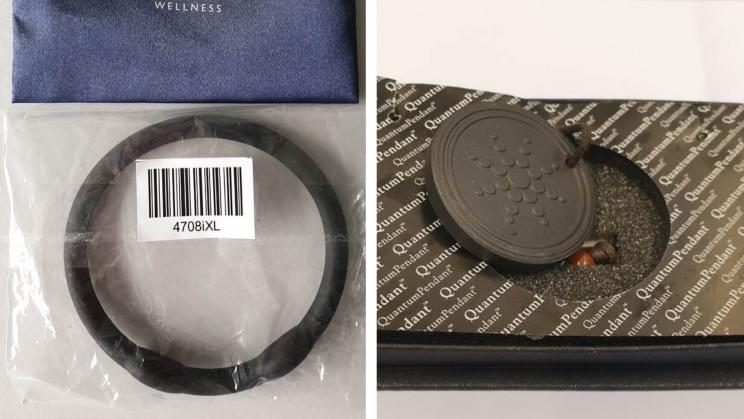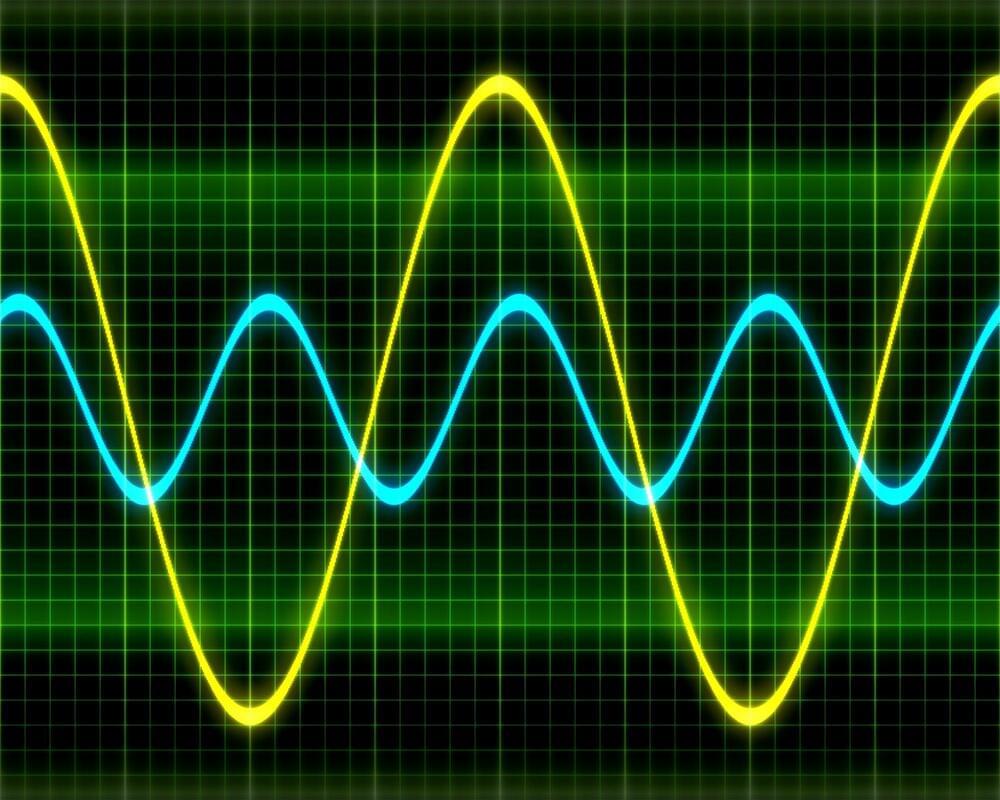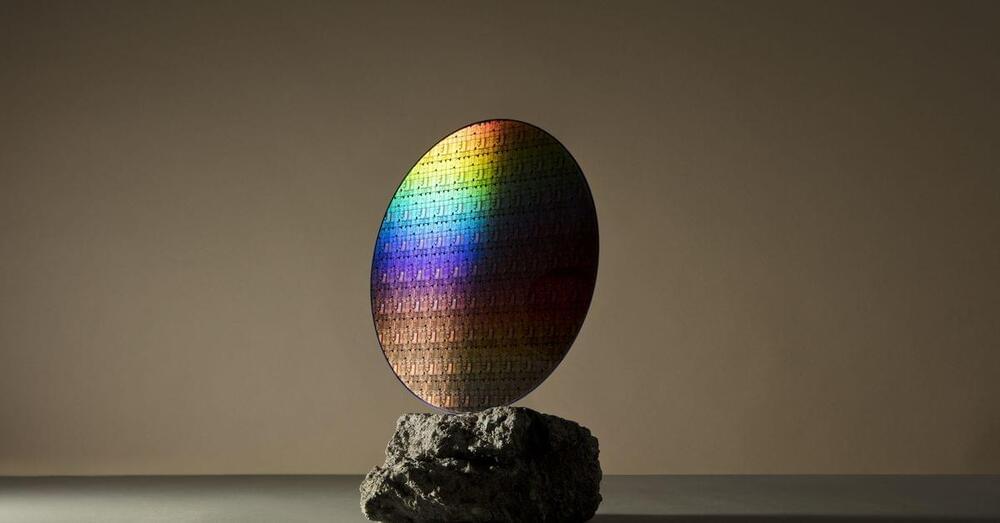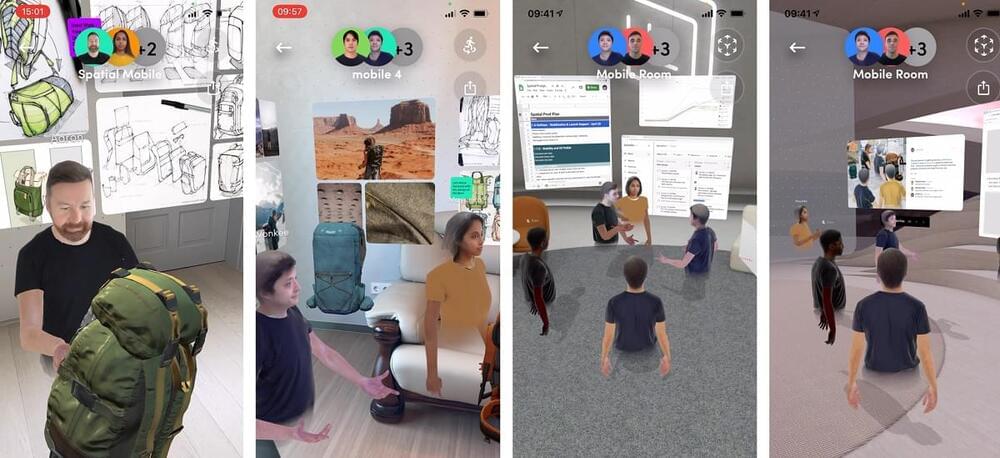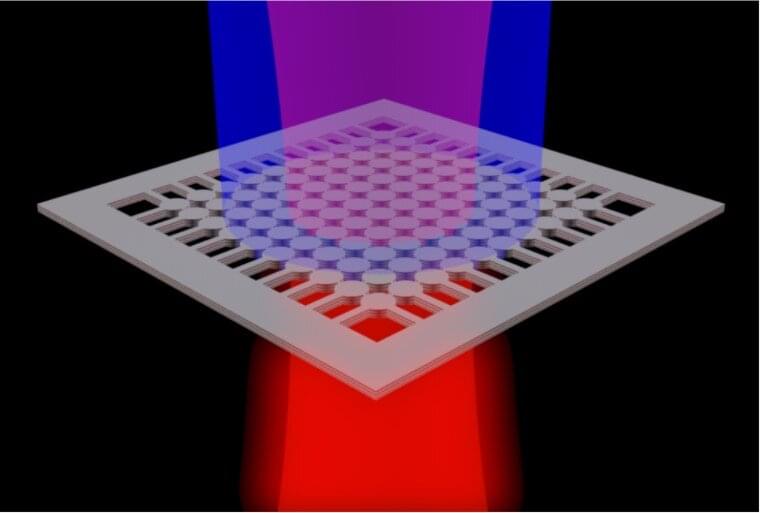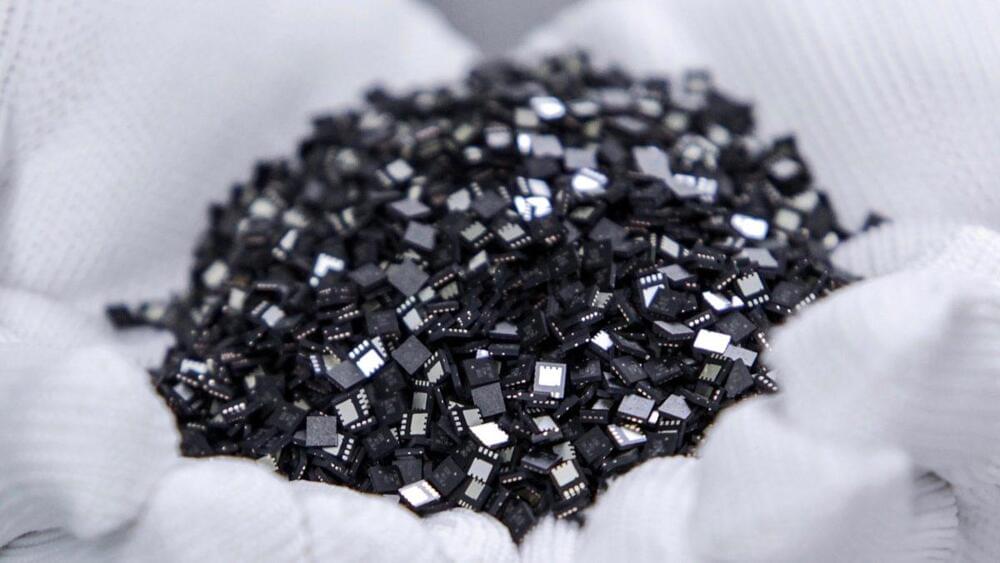Dec 18, 2021
NSO iPhone malware builds a computer inside your phone to steal data
Posted by Omuterema Akhahenda in categories: cybercrime/malcode, law, mobile phones
NSO Group, an Israeli tech firm, developed malware to hack iPhones by creating a “computer within a computer” capable of stealing sensitive data and sitting undetected for months or even years, researchers at Google have revealed.
The malware is part of NSO Group’s Pegasus software tool, which it is thought to have sold to countries including Azerbaijan, Bahrain, Saudi Arabia, India and the United Arab Emirates. US law-makers have called for sanctions against the firm.
An incredibly sophisticated piece of malware developed by the Israeli tech firm NSO Group works by creating an entirely separate computer inside the memory of an iPhone, allowing attackers to snoop and steal data.
Continue reading “NSO iPhone malware builds a computer inside your phone to steal data” »

